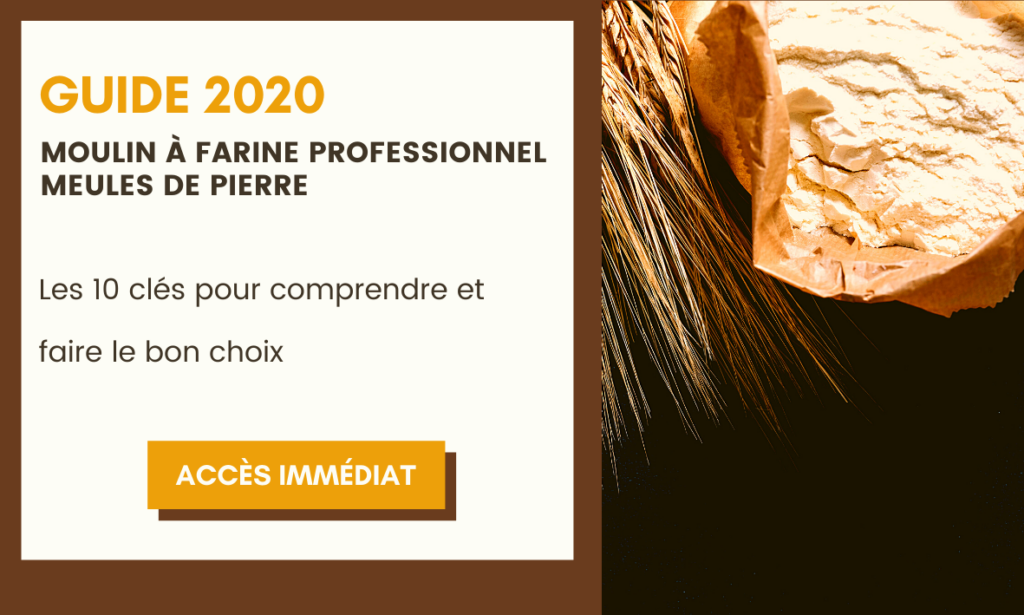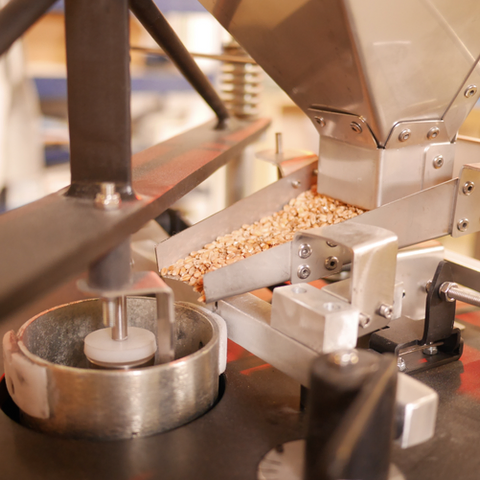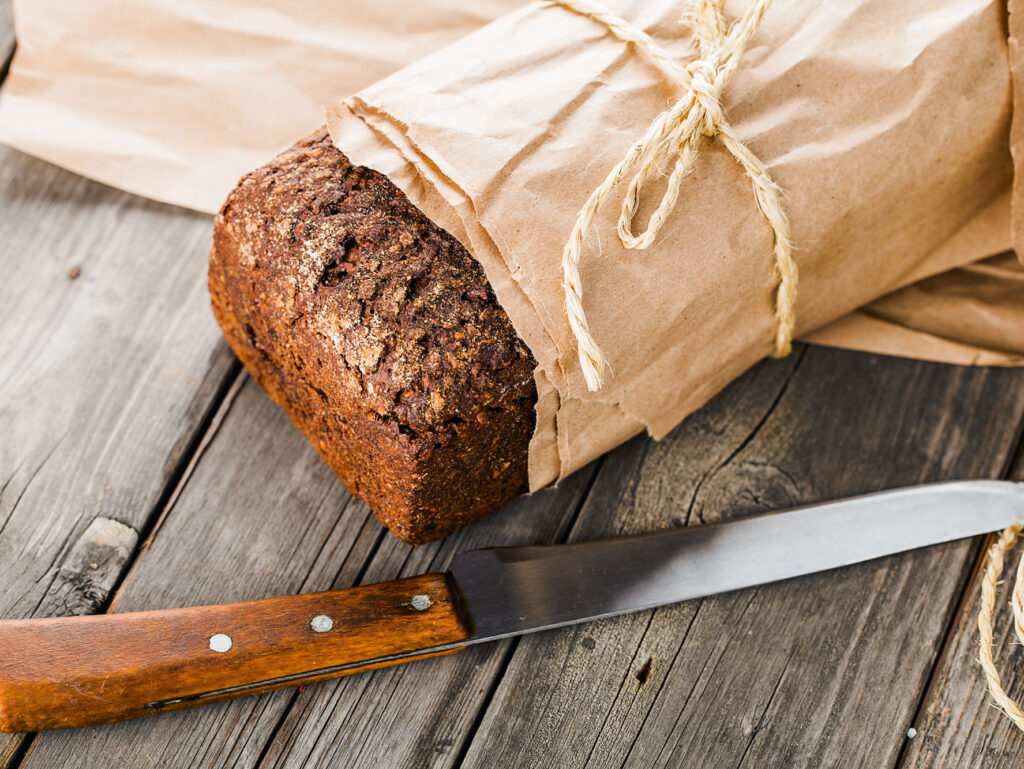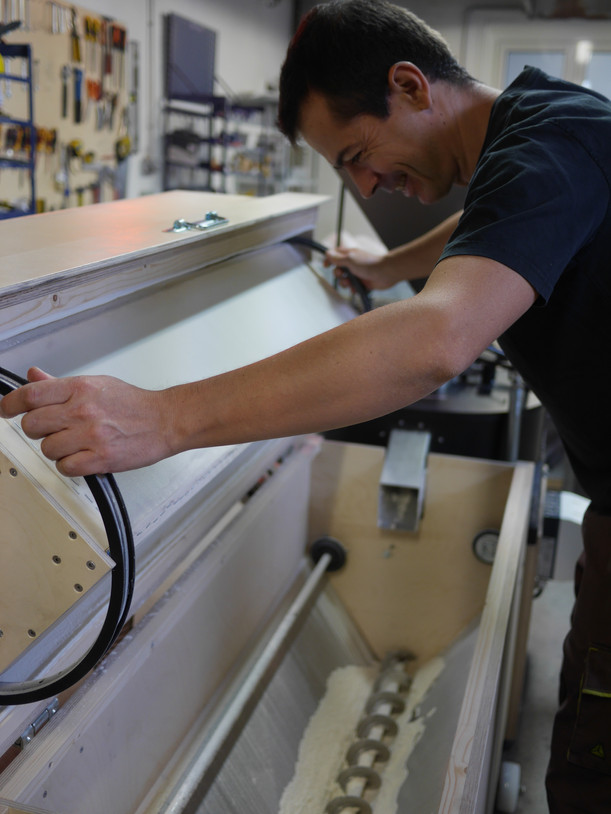What cereals can I unwind?
You can scroll down:
- soft wheat
- durum wheat
- rye
- Buckwheat
- barley
- maize
- ….
You can unroll any seed as long as it is completely dry.
What about chestnut flour?
Dried and ground chestnuts can be used to make excellent flour in the stone mill we have designed.
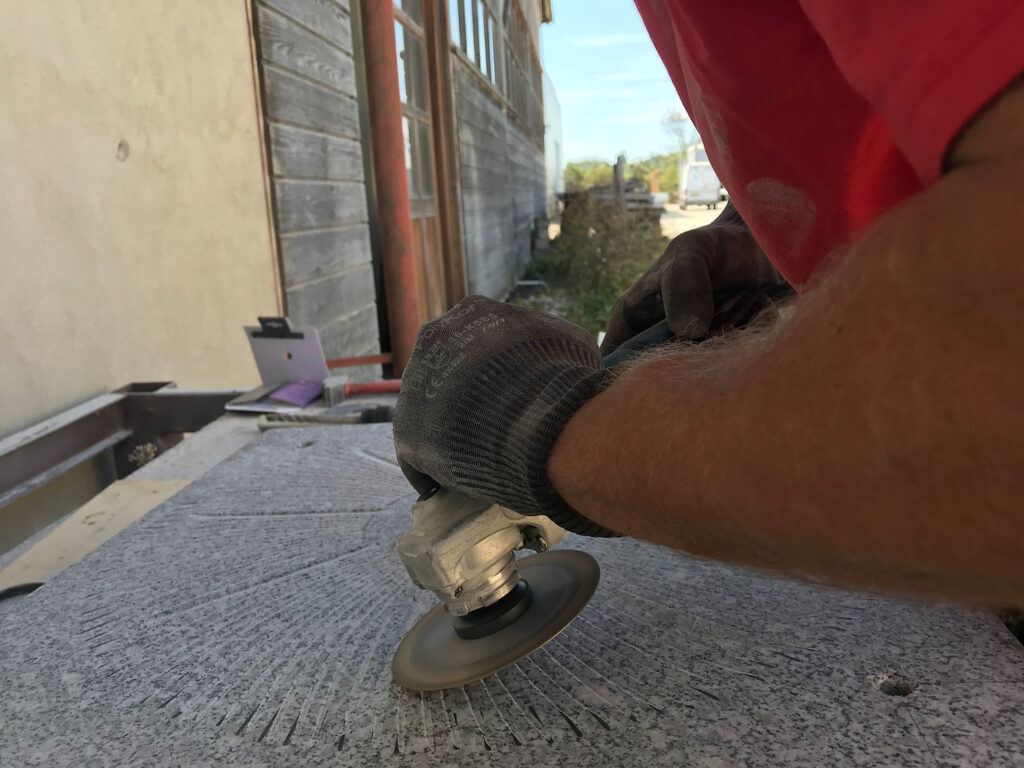
Why do people say that flour from an Astrié mill is an exceptional flour?
The very principle behind the Astrié brothers’ invention is that the grain is no longer crushed but unrolled between the millstones. In this way, when the grain is unrolled, it retains all its germ and kernel. During the unrolling process, only the husk of the grain is separated. The flour will therefore contain all your seed and its kernel. This means that your flour will have retained all its nutritional qualities.
Votre farine sera digeste, nutritive.
To find out more: we have written a full article on this subject: ‘Why better flour with an Astrié mill?

One cereal, several flours? Yes !
Our mill comes with a sieve that allows you to obtain T80 flour of the ‘farine bise’ type. You can also choose to have several sieves to obtain different flours.
Here are the different sieves we offer:
- 300µ sieve (T80 equivalent), supplied with your Astréia mill
- Optional 470µ sieve (T110 equivalent)
- Optional 600µ sieve (T130 equivalent)
How do I change the sieve on the Astréia flour mill?
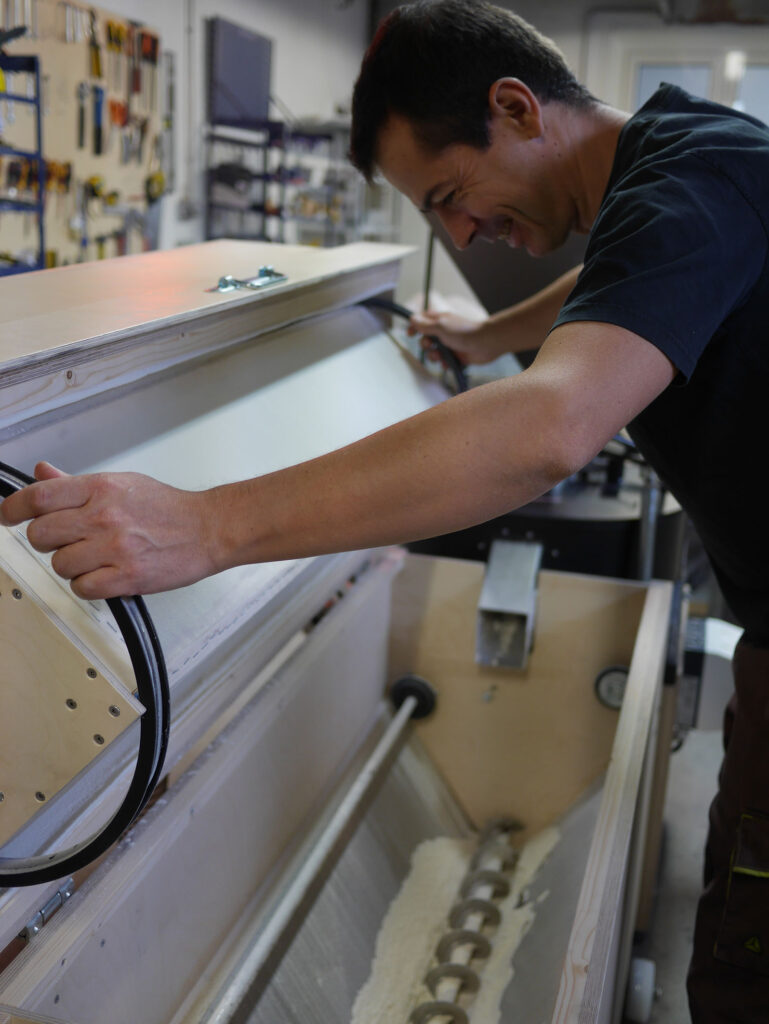
All you have to do is lift the sieve and replace it with an extra sieve of the same size, but with a different mesh.
Can you make gluten-free flour with an Astrié mill?
Yes, it is perfectly possible to make gluten-free flour! We’ve written a full article on the subject: ‘How to make gluten-free flour with an Astrié Mill’.
Why will unrolling the cereal instead of crushing it change everything for you?
The main difference between the Astrié mill and the traditional stone mill is that the grain is no longer crushed by the weight of the millstone, but rather unrolled.
An Astrié mill has two millstones:
- the ‘stationary’ grinding wheel (which is fixed)
- the rotating wheel (above)
It’s not the upper millstone that crushes the grain to turn it into flour. In fact, the Astrié brothers have invented a micrometric adjustment which means that the rotating grinding wheel unrolls the seeds to remove the film from the cereal (the wheat bran, for example) while retaining all the germ of the cereal (and therefore all the nutrients).
Want to find out more? We take a closer look in this article ‘Moulin Astrié: When cereals are no longer crushed but unrolled!’
